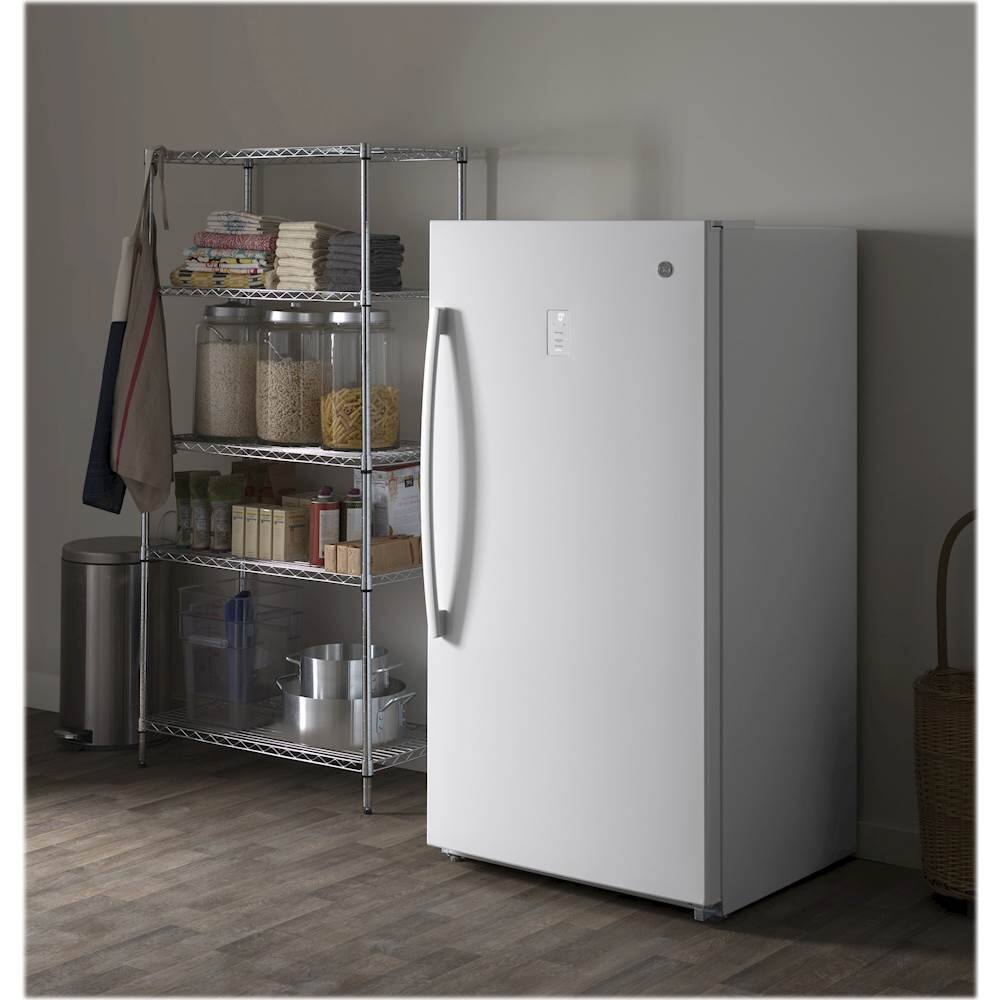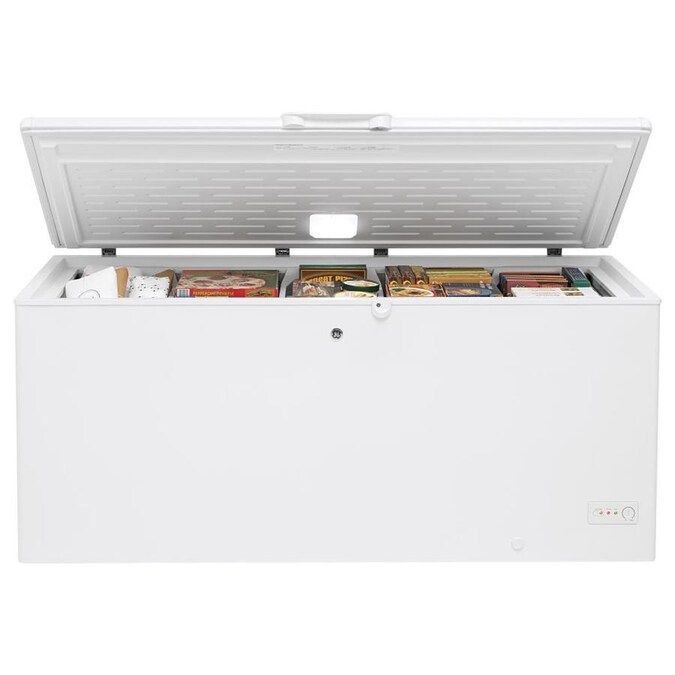
If you have a GE freezer, you might have noticed that sometimes the temperature rises above the normal range. This can affect the quality and safety of your frozen food, as well as increase your energy bills. But why does this happen and what can you do to fix it? In this post, we’ll explain some of the common causes and solutions for a GE freezer temp rising problem.
A GE freezer temperature rising problem can be caused by a faulty evaporator fan motor, a dirty condenser coil, a defective defrost system, a malfunctioning temperature sensor, or a damaged door seal.
The evaporator fan motor is responsible for circulating the cold air inside the freezer. If the fan motor fails, the air flow will be reduced and the freezer will not cool properly. The temperature will rise and the food will start to thaw.
To check if the fan motor is working, open the freezer door and press the door switch. You should hear the fan running. If not, you may need to replace the fan motor or its blade.

The condenser coil is located at the back or bottom of the freezer. It releases the heat from the refrigerant that cools the freezer. If the coil is dirty or clogged with dust, lint, or debris, it will not be able to dissipate the heat efficiently. The freezer will run longer and hotter, causing the temperature to rise.
To clean the condenser coil, unplug the freezer and remove the back panel or base grille. Use a vacuum cleaner or a soft brush to remove any dirt or dust from the coil. Be careful not to damage the coil or its fins.
The defrost system is designed to prevent ice buildup on the evaporator coil. It consists of a defrost heater, a defrost thermostat, and a defrost timer or control board. The system cycles on and off periodically to melt any frost on the coil. If any of these components fail, the coil will freeze over and block the air flow. The freezer will not cool properly and the temperature will rise.
To test the defrost system, you’ll need a multimeter and some basic electrical skills. You’ll also need to access the evaporator coil by removing the back panel inside the freezer. You can check each component for continuity or resistance according to your owner’s manual or contact GE customer service for more guidance.

The temperature sensor is a device that monitors and regulates the temperature inside the freezer. It sends signals to the control board to turn on or off the compressor and fan. If the sensor is faulty or out of calibration, it may not read or report the correct temperature. The freezer may overcool or undercool, causing fluctuations in temperature.
To check if the sensor is working correctly, you’ll need a multimeter and some basic electrical skills. You’ll also need to access the sensor by removing some panels inside the freezer. You can measure its resistance and compare it to a chart in your owner’s manual or contact GE customer service for more assistance.
The door seal is a rubber gasket that forms an airtight seal around the freezer door. It prevents warm air from entering and cold air from escaping. If the seal is torn, cracked, warped, or loose, it will allow air leakage and moisture infiltration. The freezer will have to work harder and longer to maintain its temperature, causing it to rise.
To check if the door seal is damaged, inspect it visually for any signs of wear or tear. You can also perform a dollar bill test by closing a bill in between the door and the seal. If you can pull out the bill easily, it means there is a gap in the seal. You may need to replace or adjust the seal accordingly.
Q: How do I set or adjust the temperature of my GE freezer?
A: The temperature of your GE freezer can be set or adjusted using the control panel on some models or using a dial inside on others. You can check your owner’s manual for specific instructions for your model. Generally, you should set your freezer temperature between 0°F and 5°F for optimal performance and food safety.
Q: How do I know if my GE freezer is too warm or too cold?
A: The best way to know if your GE freezer is too warm or too cold is to use an appliance thermometer that can measure temperatures below freezing. Place it in a central location inside your freezer and check it after 24 hours. If it reads above 5°F or below -10°F, you may need to adjust your temperature settings or troubleshoot your freezer for any problems.
Q: How often should I defrost my GE freezer manually?
A: Some GE freezers have a manual defrost system that requires you to defrost them periodically to prevent ice buildup. You should defrost your freezer when the frost layer is about 1/4 inch thick or more. To defrost your freezer, unplug it and remove all the food. Place some towels or pans to catch the water. Let the freezer sit until all the ice melts. Wipe it dry and plug it back in.
We hope this post has helped you understand and solve your GE freezer temp rising problem. If you have any questions or need more help, feel free to contact us at PressToCook.com. We’re always happy to share our knowledge and expertise on kitchen appliances and food safety with our readers.
